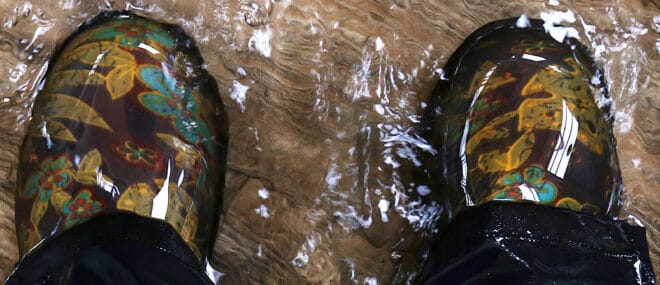There is a good reason why fragile goods display “handle with care” warnings. Every shipment leaves little margin for error. Even a seemingly small mistake can lead to a disenchanted customer or costly insurance claim.
Improper loading procedures are a leading cause of related damage. Heavier goods crush lighter cargo. Freight shifts into the spaces that should have been filled with dunnage such as air bags or cardboard wedges. And once things begin to move, the damage is done.
The need for support is not limited to the space between boxes alone. For example, the tracks or channels in a trailer floor will create gaps that need to be covered in cardboard to properly distribute any weight during loading procedures. Left exposed, even the narrowest openings can create the uneven stresses which lead to cracks. They are factors that a Less-than-Truckload (LTL) operation needs to consider between every delivery.
Whenever part of a load is removed, the remaining freight might need to be restacked in tiers and securely re-strapped in place, rather than leaving a freestanding wall of goods that could fall into a newly created space.
Of course, drivers are not always involved in loading and unloading cargo, particularly when the trailer doors are sealed. But one way to protect against unwarranted claims involves recording the condition of freight before doors are sealed. Pictures of the stacked goods can later be compared to the goods which arrive at their destination.
As important as load securement will always be, the drivers of fragile loads also need to be particularly aware of their driving techniques. Any rapid acceleration or sudden braking can lead to damage-inducing stresses. Those who remain aware of their surroundings, manage space and adopt defensive driving techniques of every sort will protect against challenges like these.
Equipment choices will make a difference of their own. Despite the widespread use of air-ride trailers, some mixed fleets still have spare equipment that rides on springs. But only the air ride suspension will be able to cushion fragile cargo from road-related shocks, and any dropped suspensions will need to be re-inflated before heading onto the road. Meanwhile, ongoing inspections will help to ensure the related components are in working order before a trip begins, and this will help protect the freight and carrier profile alike.
In some cases, the goods will need to be moved in a temperature-controlled environment, requiring drivers to ensure heaters are working and that an open path remains for the air. And the allowable range of temperatures can be surprisingly tight. The same high-value pharmaceuticals which need to be protected against crushing forces, for example, might also need to be maintained at a steady 2 Celsius, relying on a mixture of heating and refrigeration depending on where the load travels.
Every model of reefer will introduce unique controls to ensure the proper settings. But those who are trained in how the specific loads should be handled will always be able to keep their cool.




